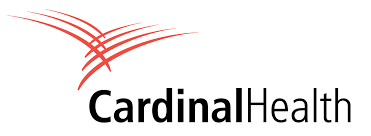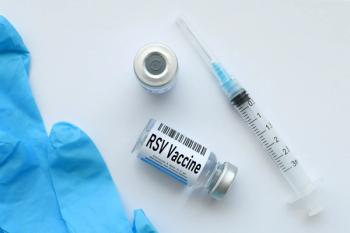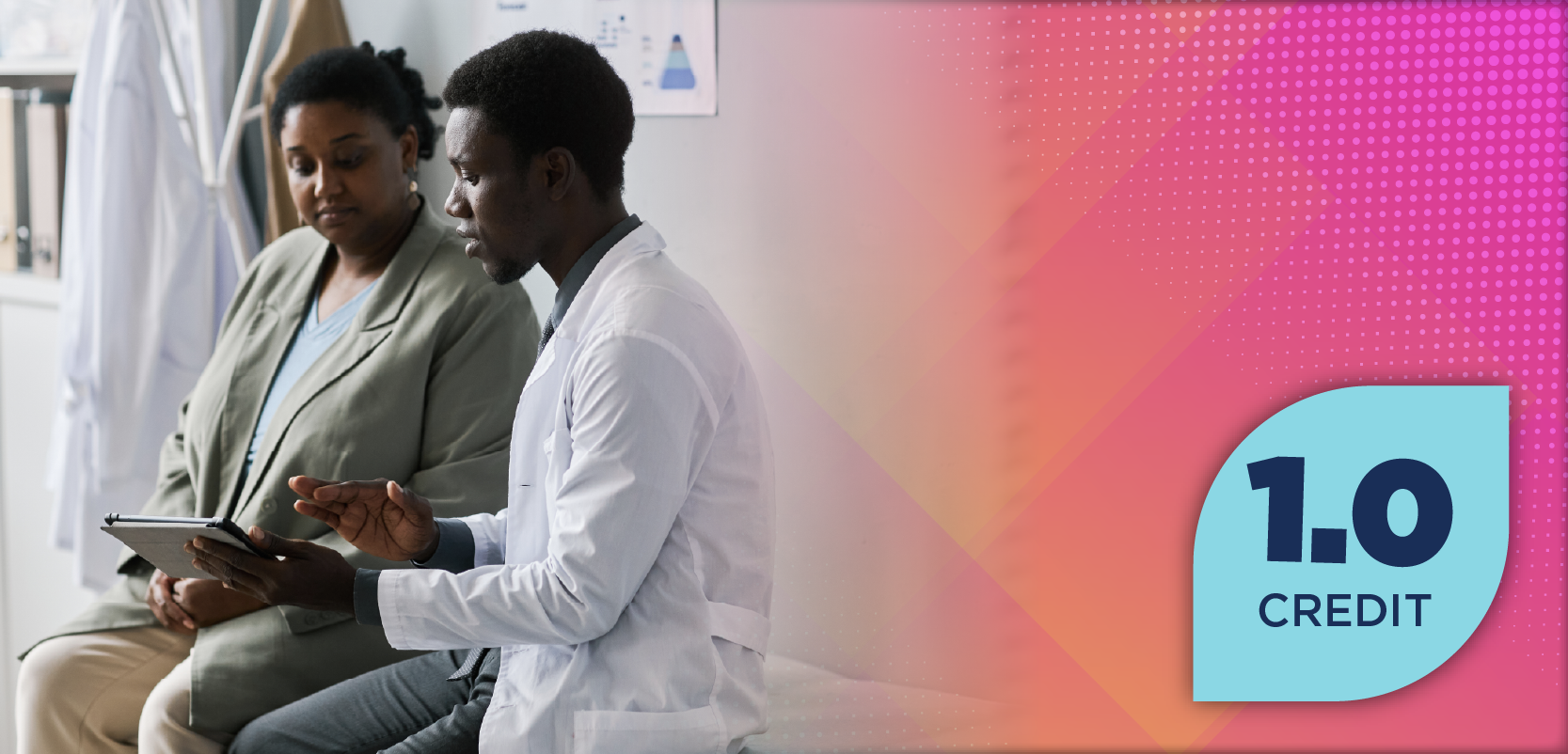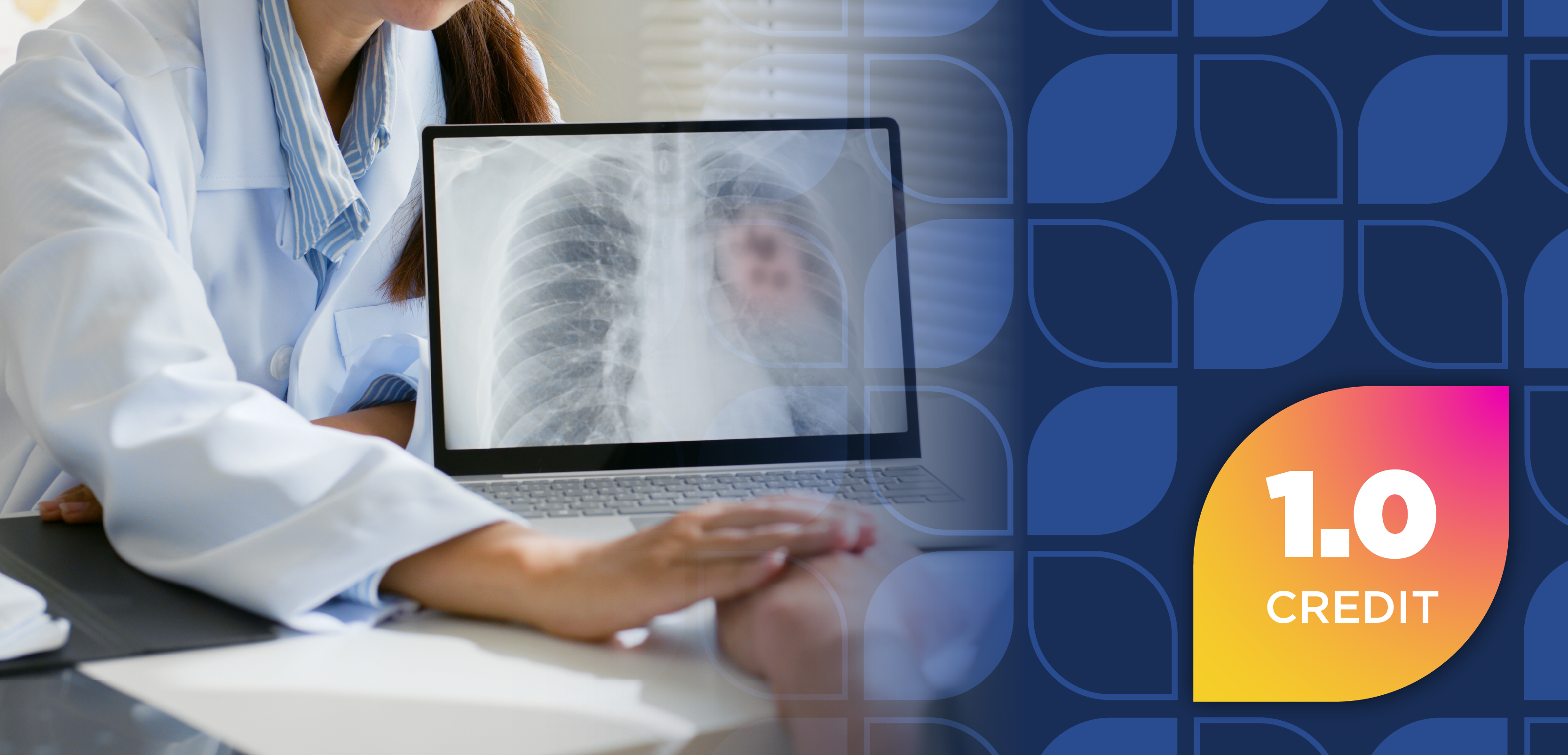
Expert: Navigating the Next Decade of Market Growth and Innovation for Biosimilars

Dracey Poore explores the future of biosimilars, emphasizing the need for increased adoption.
In an interview with Pharmacy Times®, Dracey Poore, director of biosimilars at Cardinal Health, discussed the critical need for increasing biosimilar adoption to ensure market sustainability and manufacturer viability, highlighting that only 10% of biologics losing patent protection have biosimilars in the pipeline. She proposed innovative solutions like integrating payer formulary data into electronic medical records and developing AI-driven tools to streamline benefits investigations and reduce administrative burdens. Poore emphasized the importance of aligning stakeholders' interests and creating a system that works for manufacturers, providers, practices, patients, and payers. Looking forward, Poore is excited about biosimilars expanding into new therapeutic areas like retinal and bone health, seeing the next decade as an opportunity to unleash the full potential of biosimilars and demonstrate significant market savings.
Pharmacy Times: What upcoming innovations in pharmacy practice could streamline biosimilar inventory and benefits investigation?
Dracey Poore: If we could start plugging payer formulary data into the EMRs, the electronic medical systems and records, I think that would help a lot. Some people call them the EHR, but I would love to see that payer formulary layer added in so that we could make more strategic choices with what to order Let's say, for example, there are 6 trastuzumab biosimilars, and a patient is coming in who needs a trastuzumab. If their electronic medical record knew who their payer was, who their insurance was, and which molecule they needed, it could very clearly tell the infusion center which one the patient should have based on their payer and order that product for them. To me, that just seems like the future: streamlining inventory, streamlining the whole process, making it simpler, and reducing waste. I think it's the future. The other thing, I think, is the future: AI-driven tools that layer in that payer analysis; maybe they automate benefits investigations. What a huge relief that would be, because that's the biggest administrative burden for practices. If we could create AI tools to help with that, that could be a huge win for biosimilars. That could also increase adoption by decreasing barriers and challenges to optimization. I feel excited about some future opportunities that could come into play over the next few years.
Pharmacy Times: Why is provider and patient awareness of biosimilars so critical to widespread adoption? What are some ways to move the needle on this front?
Poore: There are a lot of reasons because if we don't continue to grow adoption, the market isn't sustainable. Also, it's not viable for manufacturers. I think that's really the important piece of this question. If we're not growing adoption, it's not going to be worth the investment for a manufacturer to bring a biosimilar to market. We know a product costs between 100 and 300 million to bring to market, and if the manufacturers are not going to make that money back because the adoption isn't there, they're going to stop bringing biosimilars into the market. We've already seen a few manufacturers pull out of the biosimilar industry and choose to go a different path. That's this concern about viability. We need the manufacturers to get enough ROI on the products to continue to put drugs into the pipeline. Over the next 10 years, we have 118 biologics that are losing patent protection. Well, only 10% have biosimilars in the pipeline. We need more. That's a $230 billion biosimilar opportunity over the next decade if we had all of those drugs in the biosimilar pipeline. I'm really hoping adoption grows enough so that the manufacturers make enough money to continue to invest and that it becomes more viable for manufacturers and more sustainable as a market. But some other things we can do to help improve that—continue the mission of real-world evidence. We know that's extremely impactful in the market. Clarifying the interchangeability designation that targeted stakeholder education, highlighting economics. It sounds like a lot of different things, but they all holistically come in together and help the strengthening of this industry.
Pharmacy Times: What needs to happen for the biosimilar market to remain sustainable and drive down patient costs?
Poore: I think it's the 2 things we've really talked about during this whole interview, and that is increasing adoption and manufacturer viability. Which brings me just to this place where all stakeholders need to be aligned. Every stakeholder needs to be incentivized and aligned, and it needs to be favorable for everyone—for the manufacturers, for the providers, for the practices, for the patients, and for the payers. We have to make a system that works so that adoption continues to grow. More products enter the market, and we just see it flourish. It's such an opportunity, like I said, $234 billion—that's a real opportunity that we just need to make happen. I do think that over the last decade, which is why we did this special edition decade piece for biosimilars, because it's something to celebrate. We've come a long way, and it's super exciting, but we have a long way to go. I look at it like this: in the last 10 years, we've built a really strong foundation, but we have not unleashed our full impact onto the market with what we can save. I feel like we have this great, solid foundation we built from 2015 to 2025, and now the next decade, we unleash that full potential and show everyone just how much we can save the market.
Pharmacy Times: Is there anything you would like to add?
Poore: I'm excited about biosimilars in the next decade, predominantly because we're entering some different spaces. We've predominantly been in immunology and oncology. Now we're really entering the mainstream. We have a lot of retinal biosimilars coming to market, and bone health is coming to market. Bone health products are often written by gynecologists or primary care doctors. That hasn't been a big space for biosimilars. It's exciting that we're growing into different therapeutic areas. I'm really looking forward to what the next decade has to bring.
Newsletter
Stay informed on drug updates, treatment guidelines, and pharmacy practice trends—subscribe to Pharmacy Times for weekly clinical insights.







































































































































































































